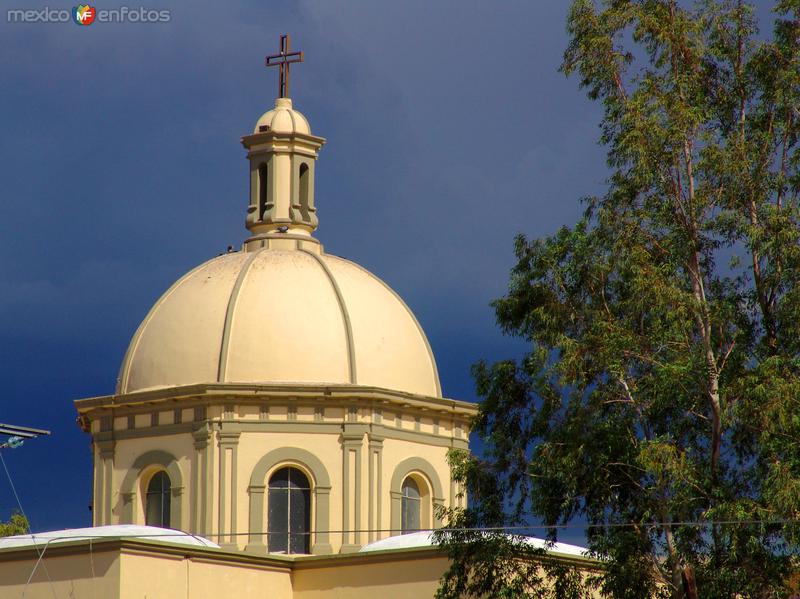Home Construction & Maintenance in Mexico
Other than a great view of the lake or mountains, there is nothing that takes a new homebuyer’s breath away like the interior of a brick dome. Traditional Mexican residential architecture is variable in style however, in the colonial range, a brick dome or cúpula can be very attractive. And a maintenance problem.
The use of brick domes in Spanish and Mexican architecture derives from the Moors, who inhabited the Iberian Peninsula and brought along their style of architecture from northern Africa and the Middle East. The dome was built not as a visual feature, but rather a functional element of the home. In general, the domes had holes in the top to allow for the exit of smoke and hot air, however the dome would act as a condensing or evaporative cooler for the interior of the home as well. As a breeze traveled over the dome, moisture in the dome would evaporate out, cooling the structure and providing a means to cool the air inside the dome, thereby cooling the air inside the house. As mentioned before, the air traveling over the dome would help draft out the hot air inside the house, much like a chimney helps to draw out the smoke from the fireplace.
During the evenings, air that continues to travel over the dome cools the dome, which then causes the dome to act as a condenser; it allows moisture in the air to stick to the dome because it is slightly cooler than the ambient air. Subsequently, the dome is now moister and ready for the following day of evaporative cooling. Of course, this functions well in dryer climates.
The dome structure itself dates back to the Roman Empire, where the semicircular arch was used for creating large openings in walls. Later, the arches were elongated into barrel vaults, intersections became groin vaults and finally, by rotating the arch 360 degrees, the dome was formed – but not without some difficulty. The basic structure of a dome resolves some structural forces into vertical or downwards loads, however as the weight of the dome pushes down, it also causes the base of the dome to spread outward. Hence the Romans developed buttresses and heavy thick walls to counteract this outward-pushing lateral force.
During the Renaissance, Italian engineers/architects developed the concept of a tension ring around the base of the dome, which helped eliminate the need of buttresses or other lateral reinforcement at the base. Today, builders will general choose to use a reinforced concrete or structural steel “tension ring” around the base of the dome to support the weight and lateral forces created by the brick dome structure. This “tension ring” structure is generally hidden, however it is critical to the stability and longevity of the dome. Any movement due to shifting or expansion of the base “ring” of the dome will result in minor cracks forming, which can lead to leaks. Structural support of this ring is the second stage in the structure that is also very important. Any shifting, settling or tilting of the base can lead to cracks in the dome, which will lead to leaks.
Other problems that occur in modern domes are usually in the details. Decorative moldings installed at the base of the dome are not sloped outward to shed rainwater. Therefore they trap the water at the base of the dome, leading to leaks. Also, waterproofing the dome is critical, and the exterior material needs to tolerate a wide range of temperatures and hence a wider range of movement due to thermal expansion and contraction.
Moisture problems in domes are not always due to water leakage. Remember these domes are great condensers of moisture and sometimes the moisture that is found on the interior surface is due to condensation and not leakage. Mechanical ventilation with ceiling fans can help move moist warm air away from the interior of the dome. However if you follow the methods used by the ancient Moors, proper ventilation of the domes will help remove the warm moist air from the dome interior. This ventilation needs to be balanced by thermal comfort inside the home and not produce any cold air drafts below. Hence operable windows in the dome can be closed on the coolest evenings and prevent the undesirable entrance of cool air.
